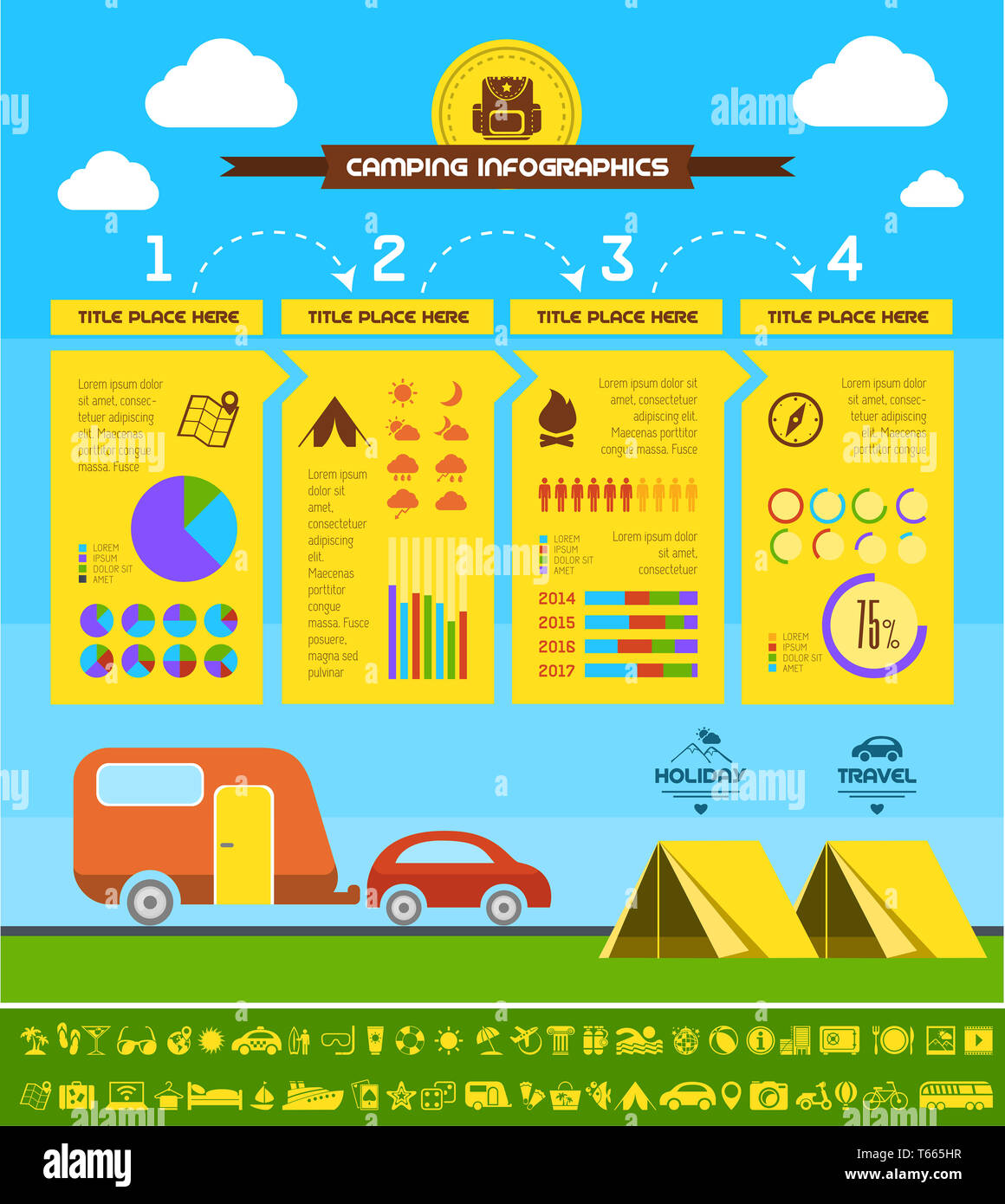While telescopes are an excellent means to view the night sky, binoculars are best for spur of the moment stargazing. They are tiny and mobile, and do not need a tripod.
Do canvas tents need waterproofing?
Field glasses can assist you pick Saturn's rings, the delicate earthshine on a crescent moon and remote Neptune, which glows greenish-bluish from methane in its environment. They also let you observe open and globular galaxy, and faint galaxies like M17 in Sagittarius.
Magnifying
The zoom number is the first thing to seek when looking for field glasses. This number describes the size of the unbiased lens, which determines exactly how intense an object appears. The larger the lens, the brighter a things will appear.
Remember that magnification alone won't disclose even more image information; the resolving power of the optics is likewise vital. The smaller the fixing power, the harder it is to separate items that are close together.
A huge magnification can likewise decrease the field of vision, which limits exactly how wide a location you can see at once. Make certain to examine the "field of vision" spec on the binoculars you are taking into consideration, as also models with similar magnifying can have extremely different FOV's! A higher FOV will make it much easier to situate and track objects, particularly if you're checking throughout the skies. It's also a great idea to take into consideration whether you desire your field glasses to be image stabilized, which will make up for the activity of your hands and develop a single photo.
Field of view
The field of view is the amount of area that can be observed. This is an important element to think about when getting field glasses. The bigger the field of vision, the even more things you will be able to see without moving the binoculars. For example, you will be able to find fast-moving wild birds much easier and quicker. It will certainly additionally be less complicated to locate small nebulas or star clusters in astronomical observations.
The majority of field glasses will certainly show the angular and straight field of vision on among their barrels. The angular field of vision will certainly be given up levels and the straight field of vision will certainly be specified in feet observed at 1,000 lawns or meters observed at 1,000 meters.
Often the angular and direct field of vision will certainly be provided with each other in a table. It is very important to keep in mind that the angular and direct fields of view will be different, even when the magnification coincides.
Eyepieces
The eyepiece is the lens or team of lenses in between the last picture in an optical tool and the customer. It serves to magnify that image, and therefore determines its magnifying.
Regular field glasses have a main focus wheel between the two barrels that can be made use of to concentrate them on a things. They likewise have a little, stiff-turning wheel by the best eyepiece called a diopter to compensate for distinctions in between a customer's eyes.
Binoculars can be used by myopic (near-sighted) and hyperopic (far-sighted) customers without the demand for glasses. However, those with severe astigmatism needs to still use their eyeglasses while using field glasses. Binoculars have a larger leave student than telescopes, and so it's easier for the customer to position their eyes in the appropriate position for viewing things. This assists to avoid blurry photos triggered by vignetting, or darkening of the photo around the side of the field of vision. A bigger departure pupil additionally enables a viewer to relocate their eyes swiftly from one object to an additional.
Tripods
For the very best results with both binoculars and telescopes you will certainly intend to utilize a tripod. It doesn't need to be an elegant video camera kind tripod either, a lot of binoculars have what is called a tripod adapter port that approves a conventional one and is relatively cost-effective and simple to obtain.
The major reason that astronomers use telescopes is that their wood tent bigger aperture provides far better light event which permits them to see greater resolution images of pale deep sky things, like star clusters and galaxies, while still maintaining a large field of view. Binoculars do not have this capability and, with a tiny aperture, they can not fix images as dramatically as a telescope.
Do you need a tarp for a tent?
With the appropriate conditions, nonetheless, it is possible to take pleasure in viewing lots of astronomical items with a set of binoculars. Utilizing them to stroll the summertime skies for double stars, or to sweep magnificent star areas on a clear night is an amazing experience.
